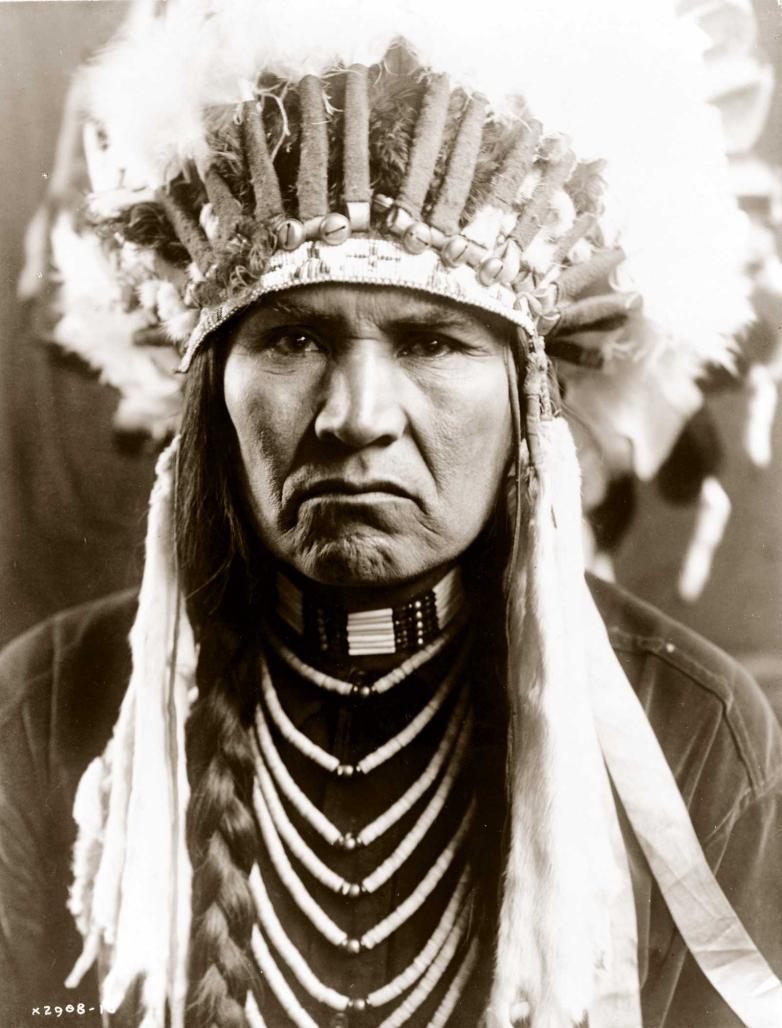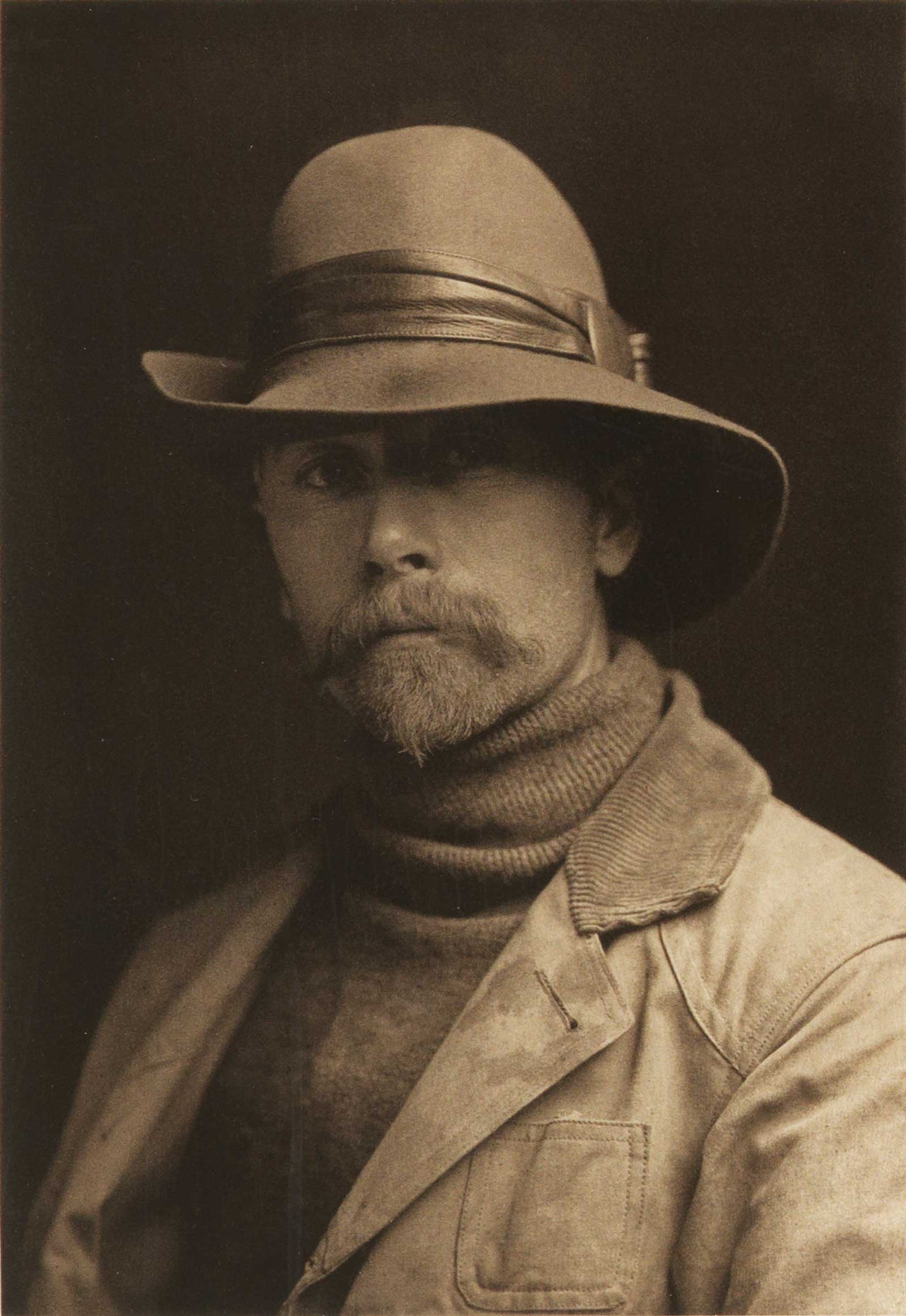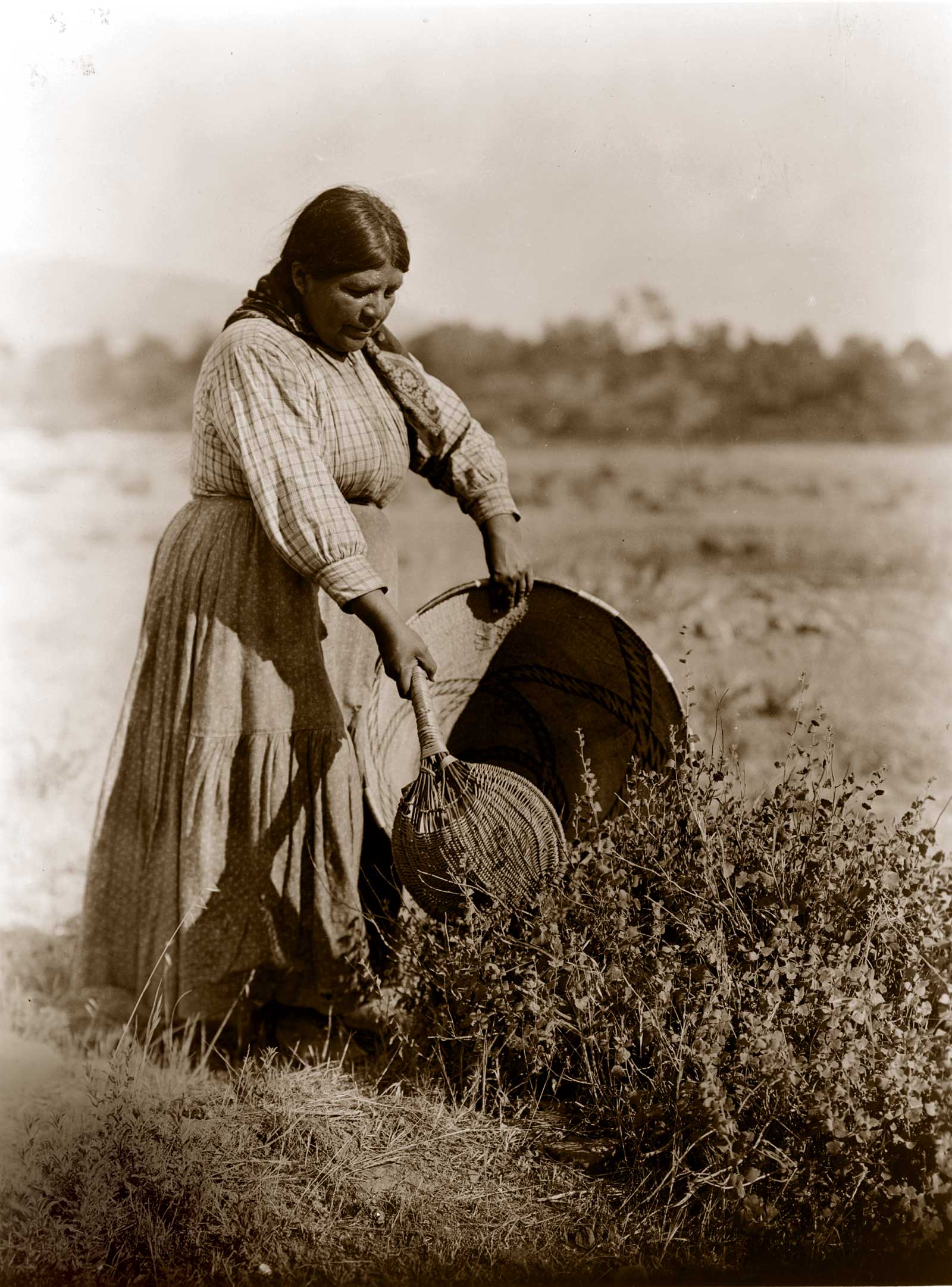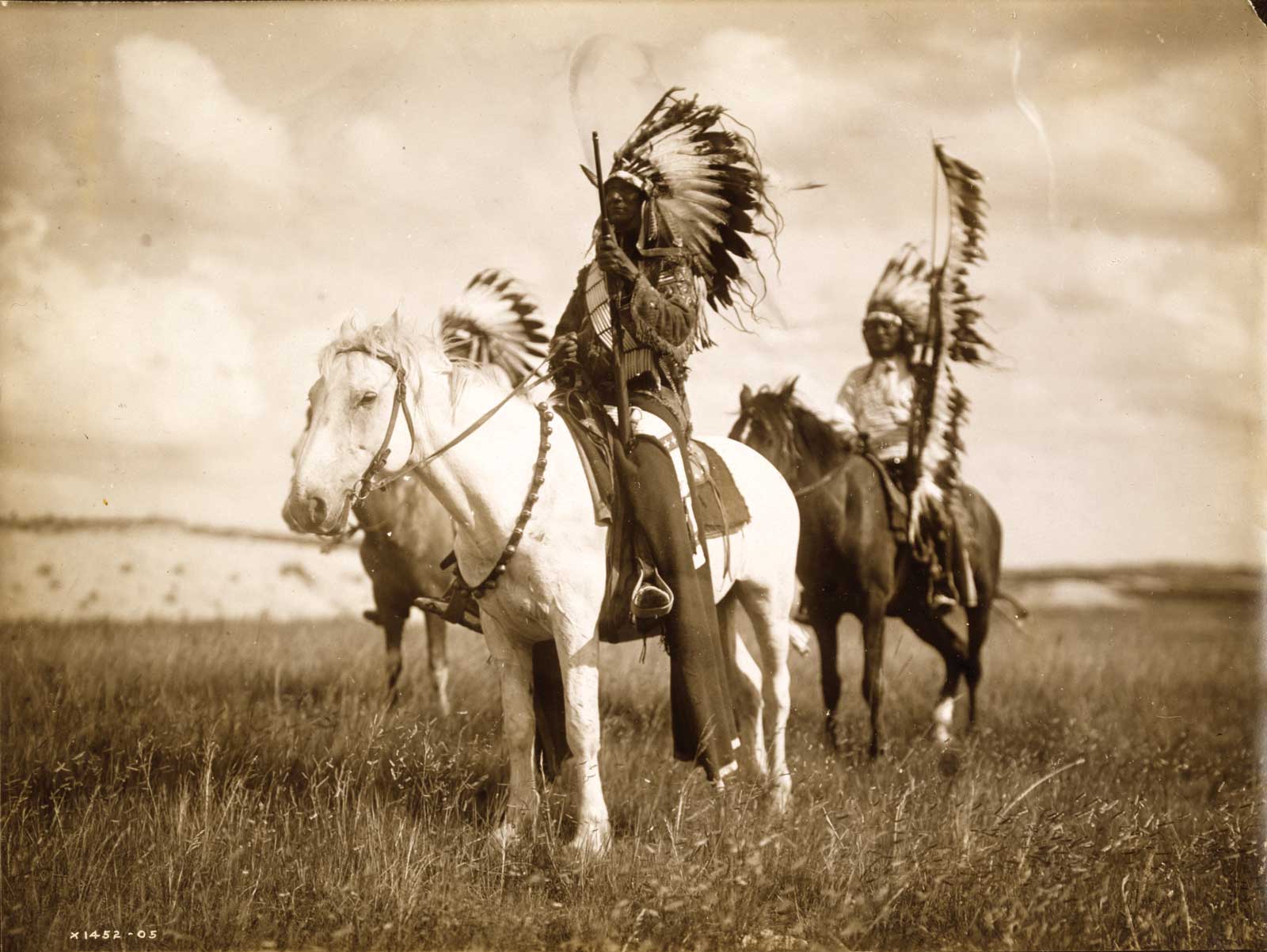Today, The North American Indian masterwork mainly resides in institutions, libraries, and the private collections of the wealthy. Only a few hundred sets were actually printed, and complete sets at auction are rare. In 2005 a complete set sold for $1.4 million, and two years later, a less-than-complete set was hammered down just under the million mark. Lois Flury, of Flury and Company in Seattle, made a private sale of a full set for $1.8 million. Bruce Kapson, of Bruce Kapson Gallery in California, currently has on his website one volume with a price tag of $14,500. Christopher Cardozo, of Christopher Cardozo Fine Art, features “Zuni Governor” on his website for $21,450. Depending on the volume, condition, and type of paper, Flury estimated a single volume from the set can run anywhere between $12,000 and $50,000 with folios ranging from $25,000 to $150,000.
Curtis himself never saw any one of those substantial sums for his lifelong efforts. In fact, he died in relative obscurity with little to call his own. The New York Times ran a small obituary upon his death on October 19, 1952. It was less than one hundred words long and noted—as a brief aside—“Mr. Curtis was also known as a photographer.”
According to Lois Flury, who has studied and collected Curtis since the 1970s, “He was a man of tremendous talent and vision. He refused to give up. He never quit. He knew there would be challenges but it wasn’t in his vocabulary to say, ‘I failed.’”
He didn’t, what with his visits to eighty tribes, his forty thousand negatives, his countless interviews on manners and customs, his tribal histories, his recording of legends, myths and stories, his linguistic studies, his wax cylinder recordings of music, songs, and chants, the basic concepts of seventy-five different languages recorded, and over ten thousand songs recorded. He was the first person to make motion pictures of Native Americans. With his assistants in tow, he tried to record everything. “Curtis brought a real love and respect towards, and curiosity about, Native cultures,” noted Anne Makepeace, author of Edward S. Curtis, Coming to Light and director of the documentary on Curtis, Coming to Light. “He didn’t want to just capture their images … he wanted to enter their lives.”
Curtis was born to a Civil War veteran and his wife in 1868 in Whitewater, Wisconsin. Having dropped out of school in the sixth grade in Minnesota, he was a mostly self-taught man. He made his first camera and was immediately smitten with it. So much so that by the age of seventeen, he was a photographer’s apprentice in St. Paul.
In 1887 the family moved west. For $150, Curtis, now in the bustling frontier town of Seattle, opened a photography shop of his own with Rasmus Rothi. Several months later he broke free from that and created another studio with Thomas Guptill. Curtis and Guptill Photographers and Photoengravers was a successful business. Wealthy Seattleites appreciated Curtis’ talent for portraits. He started to make a name for himself with his gold and silver photo processing called “Curt-tone.” He owned the photography studio outright by 1897, marrying Clara Phillips and beginning a family in the meantime.
His star rising, Curtis headed to nearby Mount Rainier one fateful day in 1898. He happened upon a lost climbing party. He guided them on the mountain himself and made fast friends with members of the party that included Clinton Hart Merriam, head of the U.S. Biological Survey, and George Bird Grinnell, editor of Field and Stream magazine. Soon, Curtis was invited to join them as official photographer of an expedition to Alaska sponsored by railroad magnate Edward Harriman. Curtis gladly accepted.
On that journey Curtis became acquainted with naturalist John Muir and writer John Burroughs. It was also during this expedition that Grinnell, an expert on the Plains Indians, showed Curtis that the Indians were a vanishing race, one that should be preserved in some form or other. The seed was planted. Curtis publicly vowed to create a complete record of the North American Indian. It would take him, he reckoned, five years.
Meanwhile, as Curtis’ interest in Indians grew, he entered a “Prettiest Children in America” photo contest conducted by Ladies Home Journal. He submitted a shot of Marie Fischer that caught the eye of President Theodore Roosevelt. Roosevelt invited Curtis to New York to take pictures of the Roosevelt family.
Roosevelt heard then of Curtis’ project and gave him his full support. (In fact, Roosevelt would later write the foreword for the first volume.) Emboldened now by his growing national reputation, his friendships with leaders, writers, and men of wealth and circumstance, Curtis took whatever opportunity he could to stoke his success. He exhibited nationally. He lectured. But he needed money. The project would not be cheap; it required a benefactor. Curtis had the temerity to approach J. P. Morgan himself.




















